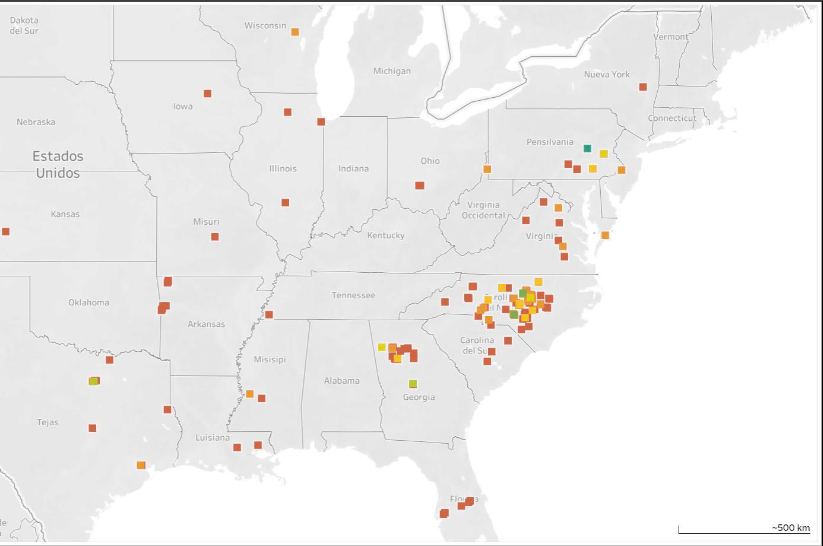Big Data brings together data from different applications, infrastructures, third-party sources and emerging technologies such as location analytics to improve decision making in the strategic, tactical and operational processes that make up supply chain management.
This tool reshapes the supply chain by providing useful and actionable data that can help improve the efficiency of individual companies and the ecosystems in which they operate, helping to synchronize supply chain planning and execution by improving real-time visibility into these processes and their impact on customers and the bottom line.

Also Read: “Big Data for supply chain sustainability“
Top Benefits
- Data visualization
Promotes the ability to interpret data from different angles to improve insight and understanding of processes.
2. Stream processing
Gathers information from multiple generated data streams, e.g., location data, applications, weather reports, and third-party data.
- Identify Intercompany Relationships
Provides an in-depth view of any specific company’s transportation supply chain and its relationships with other facilities within any area of interest.
- Natural Language Processing
Extracts and organizes unstructured data hidden in documents and data sources.
- Location analytics
Obtains information from location data to understand and optimize distribution.
- Graph databases
Facilitates finding connections, identifying patterns and improving traceability of products, suppliers and facilities.
- Blockchain
Improves visibility and traceability at more layers of the supply chain.
- Sourcing
By mapping supply chains and using real-time information, it is possible to monitor supply disruptions in transportation, or at second- or third-tier suppliers, and take decisive action before your competitors.
- Manufacturing
Data on manufacturing parameters, such as forces used in assembly operations or dimensional differences between parts, can be archived and analyzed to support root cause analysis of defects.
- Storage
Identifies additional waste in the warehousing process, optimizing warehouse design and simulating new configurations of existing space to further improve storage efficiency and picking productivity.
- Transportation
Enables you to reduce costs and carbon emissions by selecting the right means of transportation by accurately measuring delivery times.
- Supplier Relationship
Facilitates the storage of documents from large supply chains in one place using one connection. This drastically simplifies communications with suppliers in real time, ensuring that all parties can specify their needs and guarantee efficiency.
At PREDIK Data-Driven we help businesses implement Big Data-based strategies to improve supply chains, solve current problems, develop future strategies and generate optimal solutions, adding a geospatial analytics model that drives your business to the next level.

